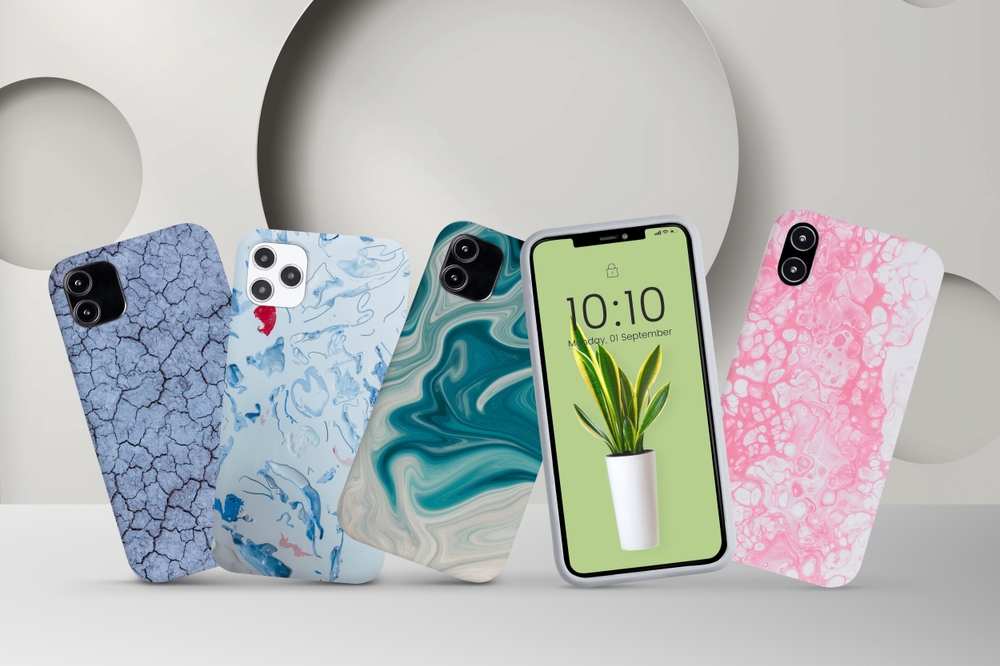Navigating the world of consumerism can be daunting, especially when it feels like every new product promises to enhance your life in ways you never imagined. But let’s be honest, not everything needs to be fresh out of the box. In fact, some of the smartest, budget-friendly decisions are made by opting for secondhand items. By doing so, you’re not just saving money; you’re also giving a new lease on life to items that might otherwise collect dust on a shelf somewhere. Here are 14 things you might want to reconsider buying new, for the sake of your wallet and the planet.
1. Furniture

When it comes to furnishing your home, it’s tempting to buy that new showroom piece that’s calling your name. However, secondhand furniture often provides better value and character. According to Dr. John Doe, an interior design expert from The Design Institute, many secondhand items are more durable since they were constructed in an era where craftsmanship was key. You can often find unique pieces with their own stories, such as a vintage armchair or a well-crafted wooden table. Plus, buying used helps reduce waste, contributing positively to environmental sustainability.
Secondhand furniture shopping can also be a gateway to discovering new styles and tastes. Many people enjoy the thrill of the hunt, scouring flea markets or online marketplaces for hidden gems. It’s a way to express personal style in a more creative and sustainable manner. Aside from aesthetics, there’s also the potential for considerable savings. Often, you can find high-quality pieces at a fraction of the original price, leaving more room in your budget for other home improvements.
2. Cars

Brand new cars lose a significant portion of their value the moment you drive them off the lot. Opting for a secondhand vehicle can be a financially smarter move. Certified pre-owned cars often come with warranties and rigorous inspections, offering peace of mind comparable to new models. Plus, the internet has made it easier than ever to research vehicle histories and compare prices. This ensures you’re getting a reliable car without the hefty price tag.
The benefits of buying a used car extend beyond just immediate savings. You’re also likely to save on insurance costs, as premiums are typically lower for used vehicles. Maintenance expenses might be a bit higher, but the lower purchase price often more than offsets these costs. It’s essential to do thorough research and possibly have a trusted mechanic inspect the car before purchase. This way, you can enjoy the freedom of the open road without the financial strain.
3. Books

For avid readers, the allure of a crisp, new book can be hard to resist. But secondhand bookstores and online platforms offer countless opportunities to build your library at a fraction of the cost. According to Jane Smith, a literature professor at City University, older editions often have unique covers and publisher notes that aren’t found in newer prints. Buying used doesn’t just save you money; it can also add character to your collection. Plus, it’s a more sustainable way to indulge in your love of reading.
Exploring secondhand options can also lead you to discover unexpected gems. Many people find joy in stumbling upon a book they never intended to read but end up loving. Secondhand books often come with their own histories, like inscriptions or notes from previous owners, adding a personal touch to your reading experience. Moreover, you’re contributing to a circular economy, reducing the demand for new paper and the environmental impact of printing. So next time you’re on the hunt for your next read, consider giving a pre-loved book a new home.
4. Clothing
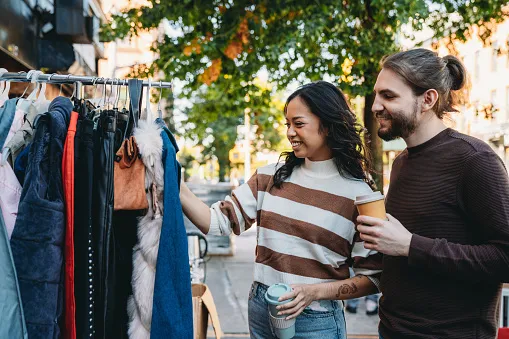
Fast fashion is hard on the wallet and the planet, making secondhand clothing a smart alternative. Thrift stores and online resale platforms offer a wide variety of styles and brands, often at a fraction of the original price. Many secondhand clothes are barely worn, giving you the chance to find high-quality items without the high price. Plus, purchasing used clothes decreases your carbon footprint and supports a more sustainable fashion industry. It’s a win-win for your wardrobe and the environment.
Diving into thrift stores can also be an exciting adventure. You might uncover vintage pieces that add a unique flair to your personal style. Even brands known for their durability and quality often appear in resale shops, allowing you to access premium clothing without the premium cost. It’s about finding pieces that truly resonate with you rather than following fleeting trends. This approach not only saves money but also encourages a more mindful and intentional way of dressing.
5. Technology
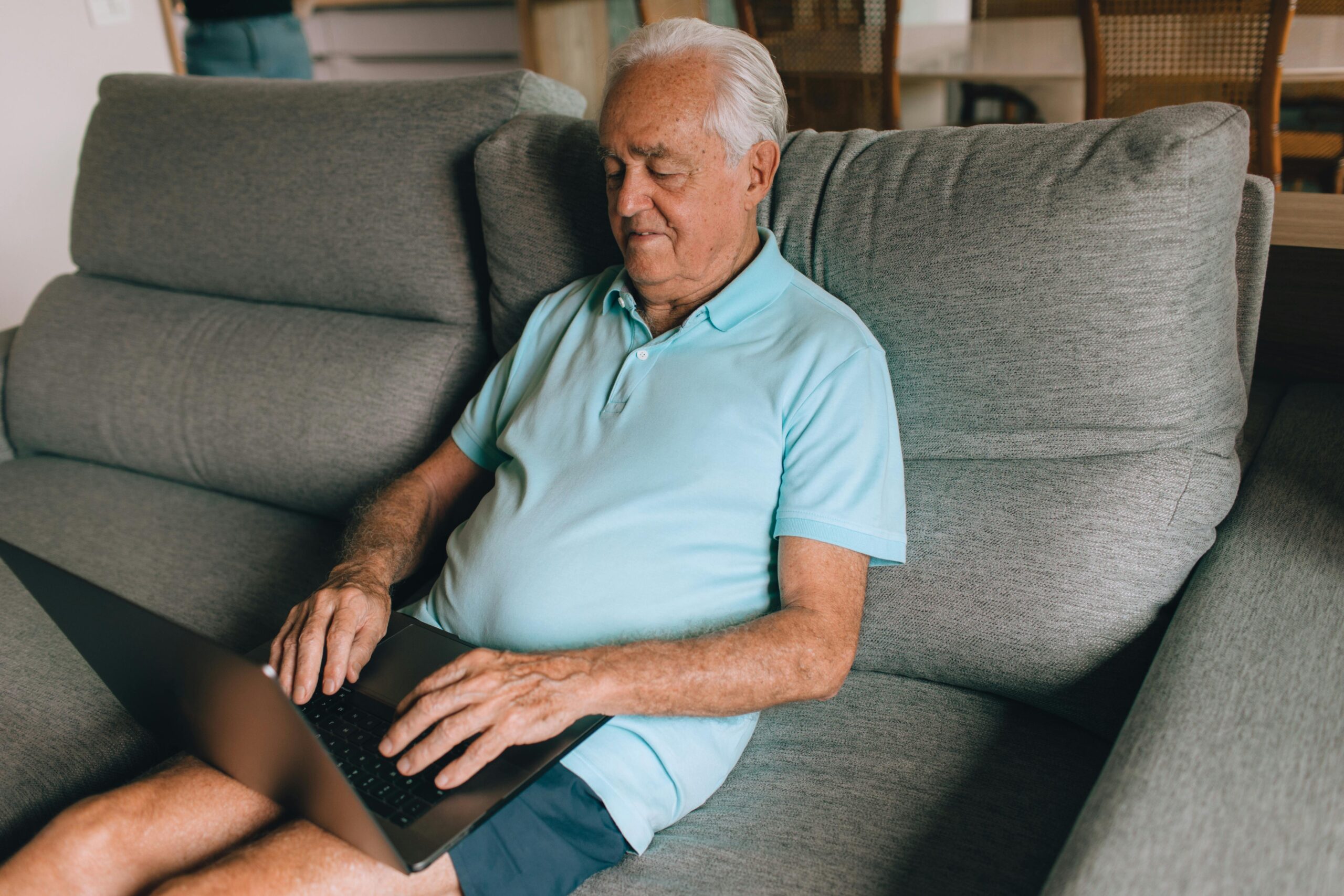
When the latest gadgets hit the market, the urge to buy new can be overwhelming. However, refurbished electronics often provide the same functionality for less money. According to a 2022 study by Tech Insights, refurbished devices like smartphones and laptops can perform comparably to their new counterparts. These devices are typically tested, repaired, and certified to ensure they work just as well. Plus, opting for refurbished tech can significantly reduce electronic waste.
Another advantage of buying refurbished technology is the guarantee of functionality. Many sellers offer warranties or return policies, giving you peace of mind with your purchase. You’re not only saving money but also getting a device that has been rigorously tested. Furthermore, with technology evolving so rapidly, you’ll likely want to upgrade in a few years anyway. Choosing a refurbished device allows you to enjoy the current tech without breaking the bank.
6. Sports Equipment

The world of sports equipment is full of high-priced gear that tends to depreciate quickly. Whether it’s golf clubs, bicycles, or tennis rackets, buying used can save you a substantial amount of money. Many secondhand sports items are gently used, especially those owned by people who upgraded early or lost interest in the sport. You can often find top-brand equipment at a fraction of its original cost. This allows you to enjoy your favorite activities without the financial strain.
Buying used sports equipment also opens up a range of possibilities you might not have considered. Since the investment is lower, you can try out different sports or hobbies without a significant financial commitment. This flexibility makes it easier to explore new interests and discover what truly brings you joy. Plus, purchasing secondhand reduces the demand for new products, promoting a more sustainable cycle of consumption. It’s a smart choice for your wallet and the environment.
7. Musical Instruments

For budding musicians, the cost of new instruments can be a barrier to pursuing their passion. However, secondhand musical instruments offer quality and affordability. Dr. Emily Tune, a music instructor at Harmony School of Sound, notes that instruments often improve with age, acquiring a richer tone and sound quality. Purchasing a used instrument can give you access to brands and models that might otherwise be out of reach. Plus, it allows you to explore your musical interests without the financial burden.
Shopping for secondhand instruments can be a rewarding experience. Many local music stores and online platforms specialize in selling pre-owned instruments, ensuring a wide selection. You can find everything from beginner models to professional-grade instruments at reduced prices. Additionally, secondhand instruments often come with accessories, such as cases or stands, adding extra value to your purchase. For both seasoned musicians and newcomers, a used instrument can be the perfect blend of quality and affordability.
8. Home Decor
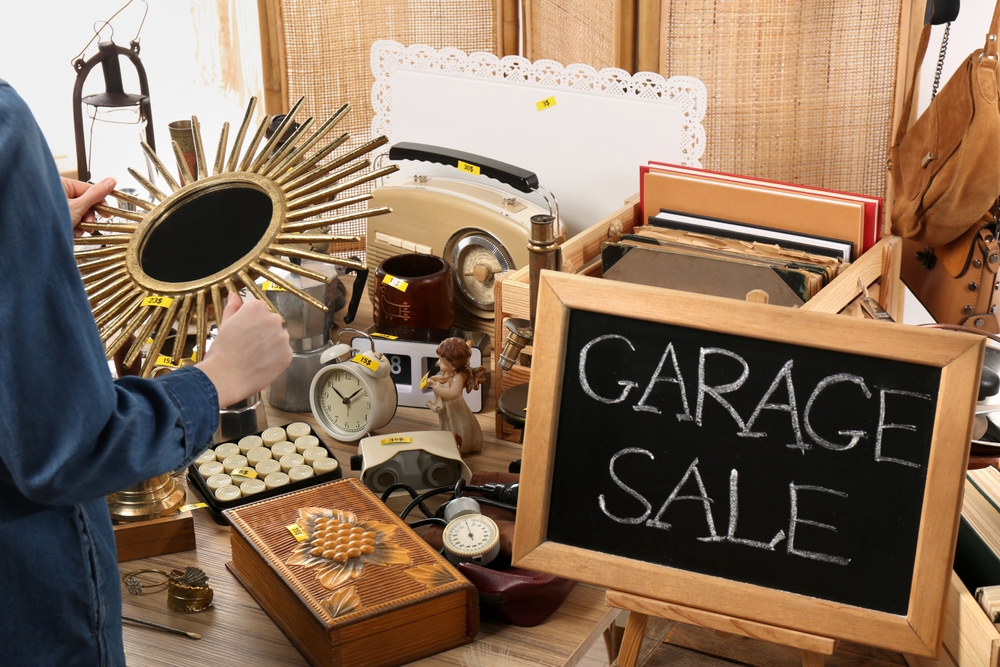
The urge to refresh your living space with the latest decor trends can be tempting, but buying new isn’t always necessary. Secondhand home decor offers a wide array of styles and unique finds. Whether it’s a vintage mirror or a quirky lamp, these pieces add character and individuality to your home. Plus, shopping for secondhand decor is often more affordable, allowing you to revamp your space without overspending. It’s an enjoyable way to express your personality while staying within budget.
Hunting for used home decor can also be a creative adventure. From estate sales to online marketplaces, the possibilities are endless. You might discover pieces that inspire an entire room makeover or simply add a charming touch to your existing decor. This approach encourages a more meaningful connection with your surroundings, as each piece has its own story. And by choosing secondhand, you’re contributing to a more sustainable lifestyle, reducing waste and the demand for new production.
9. Baby Gear
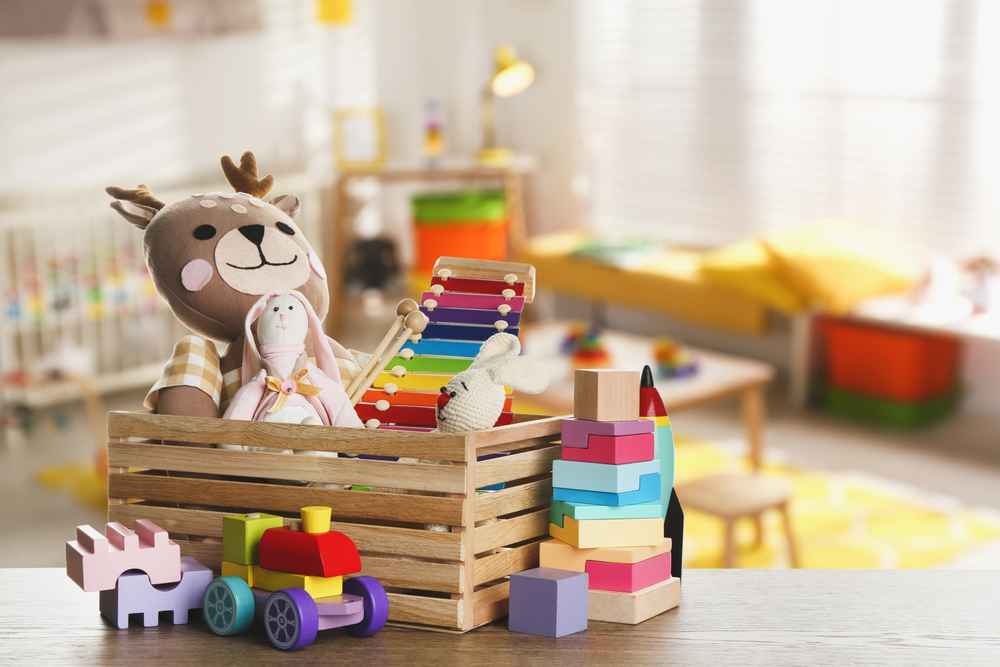
For new parents, the list of baby necessities can be overwhelming and expensive. However, many items, like strollers, cribs, and baby clothes, can be found secondhand. Babies grow quickly, meaning these items often have a lot of life left in them when they’re outgrown. Shopping for gently used baby gear can save you a considerable amount of money without compromising on quality. It’s a practical way to meet your child’s needs while keeping your budget in check.
Secondhand baby gear shopping also offers flexibility and variety. You can explore different brands and styles without the commitment of a large financial investment. This allows you to focus on finding items that best suit your lifestyle and your baby’s needs. Plus, many parents find comfort in passing on well-loved items to others, creating a sense of community and support. Choosing used baby gear is a smart, sustainable choice that benefits both your family and the environment.
10. Tools
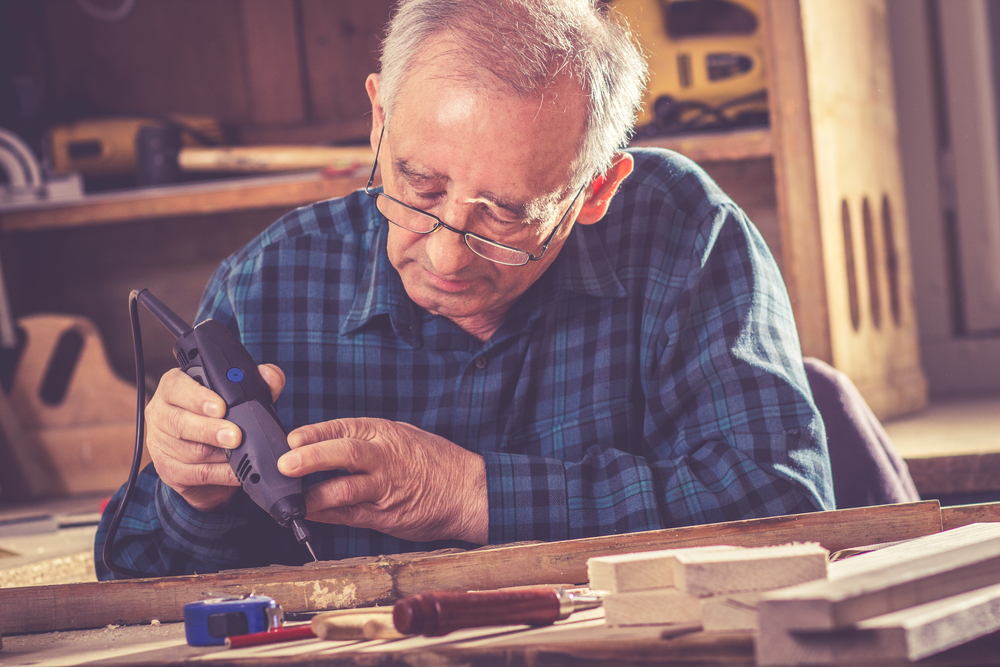
Investing in tools for home improvement projects can quickly become costly. However, buying secondhand tools can significantly reduce expenses while still providing the quality you need. Many tools are built to last and can handle multiple owners without losing their functionality. The secondhand market is filled with options, from local garage sales to online platforms, offering a wide range of brands and conditions. This makes it easier to find exactly what you need without paying full price.
Shopping for used tools also allows you to experiment with different types and brands. Because the initial investment is lower, you can try out various tools to find the ones that work best for your projects. This flexibility fosters a sense of creativity and experimentation in your home improvement endeavors. Additionally, by purchasing secondhand, you’re promoting a more sustainable economy and reducing the demand for new manufacturing. It’s a financially savvy and environmentally friendly approach to building your toolkit.
11. Jewelry

The allure of new jewelry can be enticing, but secondhand options often provide more value and uniqueness. Vintage and antique jewelry pieces offer styles and craftsmanship that are hard to find in contemporary designs. By opting for pre-owned jewelry, you can access a wide range of styles, from classic to eclectic, without the premium price tag. Shopping secondhand also means you’re less likely to encounter the same piece on someone else, adding a personal touch to your collection. Plus, it’s a more sustainable choice, as it reduces the demand for new mining and production.
Exploring secondhand jewelry can also be an exciting journey of discovery. From estate sales to antique shops, the possibilities are endless. You might find a unique piece that becomes a cherished part of your collection or even a family heirloom. Many people enjoy the thrill of finding a hidden gem or a piece with historical significance. By choosing secondhand, you’re not only saving money but also making a more conscious and sustainable choice.
12. Exercise Equipment

In the world of fitness, the latest equipment can be overly priced and unnecessary for your needs. Many people invest in new exercise gear only to lose interest after a few months. Buying secondhand can be a more practical approach, especially for larger items like treadmills or weight sets. Often, these items are lightly used and available at a fraction of the original cost. This allows you to set up a home gym without the financial burden.
Purchasing used exercise equipment also gives you the flexibility to try out different workouts and machines. Since the investment is lower, you can explore various types of exercises to see what you enjoy most. This can help you stay motivated and engaged in your fitness journey. Plus, by choosing secondhand, you’re reducing your carbon footprint and supporting a more sustainable market. It’s a win for your health, your wallet, and the planet.
13. Art
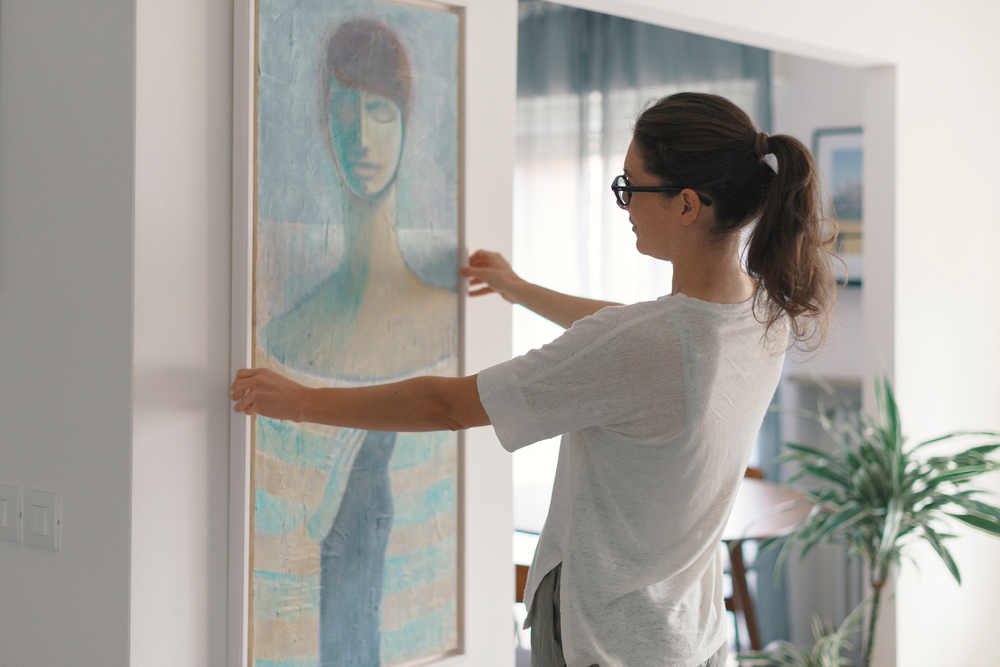
The art world can be intimidating, and buying new pieces often comes with a hefty price tag. However, secondhand art offers an affordable way to build your collection. Thrift stores, flea markets, and online platforms are great places to discover unique and original artworks. These pieces can add depth and personality to your living space without breaking the bank. Plus, buying secondhand art supports a circular economy, reducing waste and promoting sustainability.
Exploring the secondhand art market can also be a rewarding experience. You might stumble upon a piece that resonates with you or an artist that you hadn’t previously encountered. This process can open your eyes to new styles and mediums, broadening your appreciation for art. Additionally, the thrill of finding a unique piece at a bargain price can be incredibly satisfying. By purchasing secondhand, you’re supporting a more conscious and sustainable approach to art collecting.
14. Kitchenware
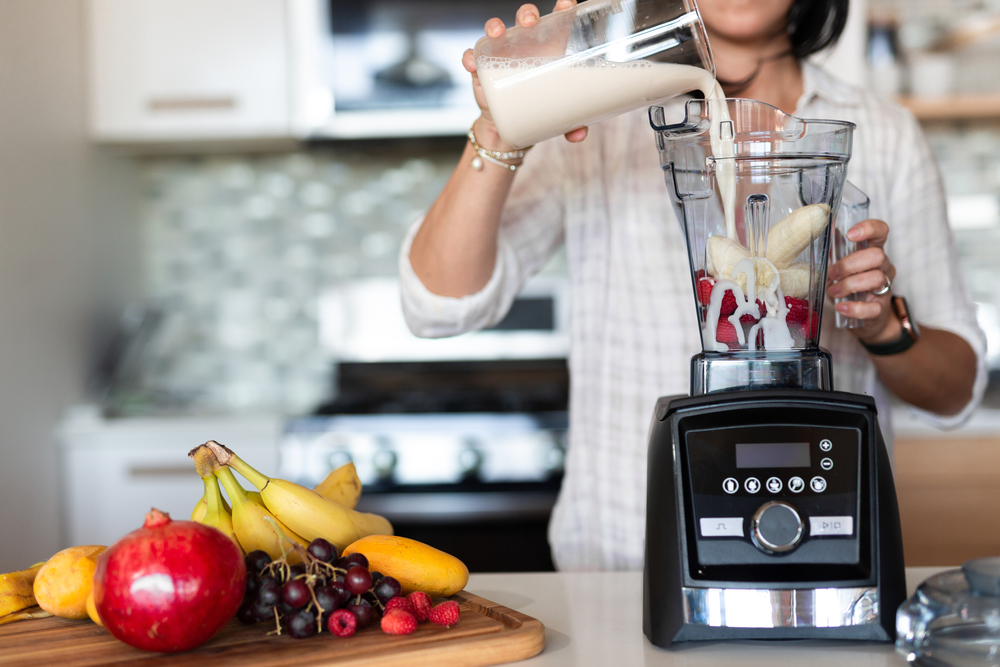 provided by Shutterstock
provided by Shutterstock
Equipping your kitchen with the latest gadgets and utensils can be an expensive endeavor. However, many secondhand kitchen items offer the same quality at a reduced cost. From cast iron pans to vintage mixing bowls, these items are often well-made and built to last. Thrift stores and online marketplaces are treasure troves for finding unique and functional kitchenware. This approach allows you to create a fully equipped kitchen without straining your budget.
Shopping for secondhand kitchenware can also introduce you to items with a rich history and unique design. Vintage kitchen tools often come with a charm and character that modern pieces lack. This can add a personal touch to your cooking experience, making it more enjoyable and inspiring. Plus, by choosing secondhand, you’re promoting a more sustainable lifestyle and reducing waste. It’s a smart and eco-friendly way to enhance your culinary adventures.
This article is for informational purposes only and should not be construed as financial advice. Consult a financial professional before making investment or other financial decisions. The author and publisher make no warranties of any kind.








